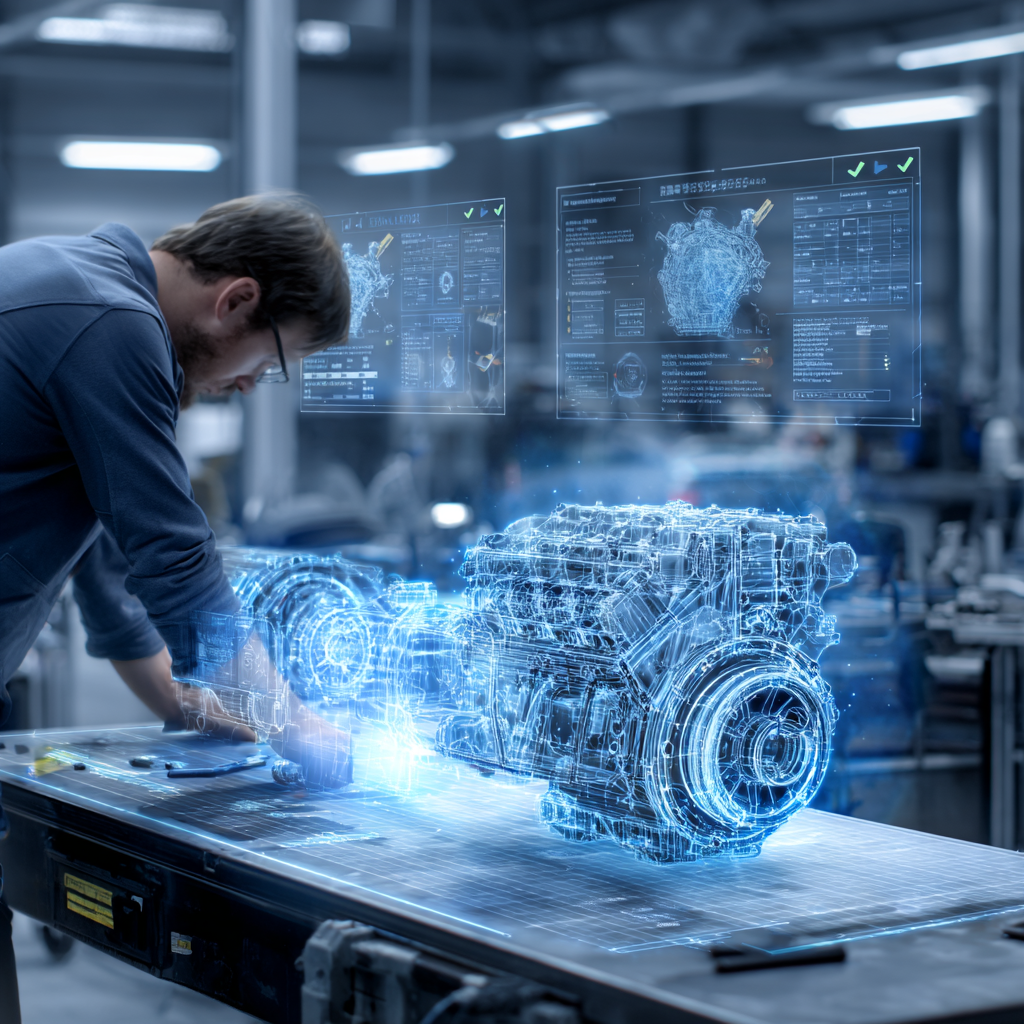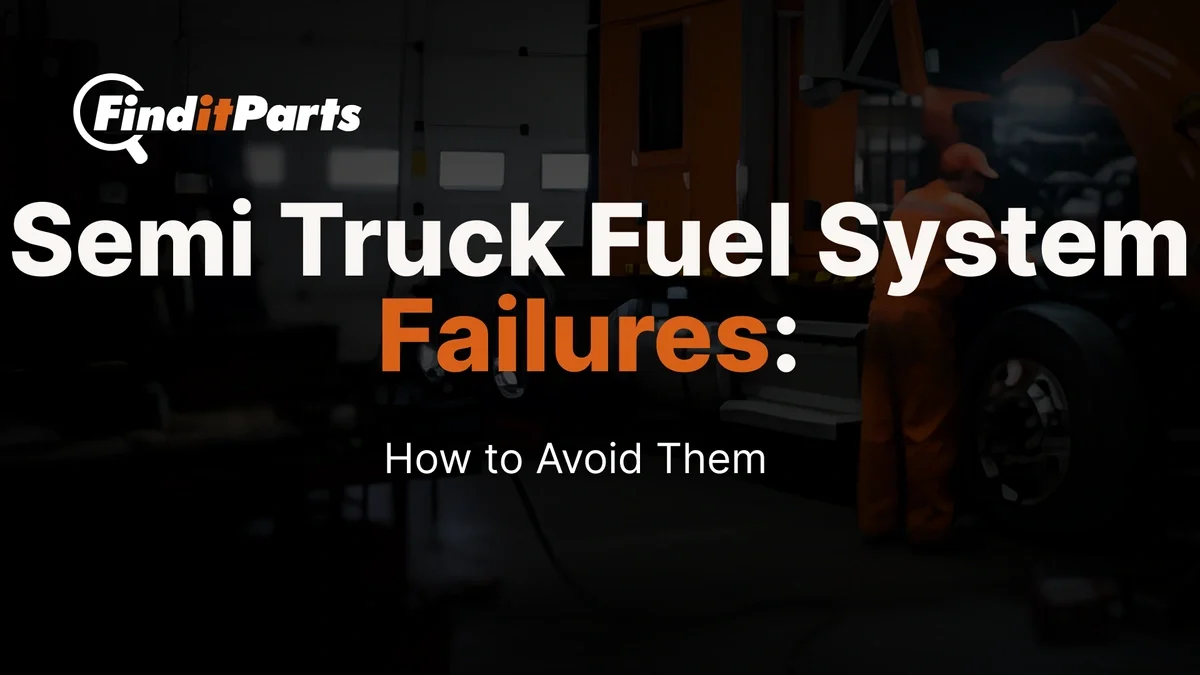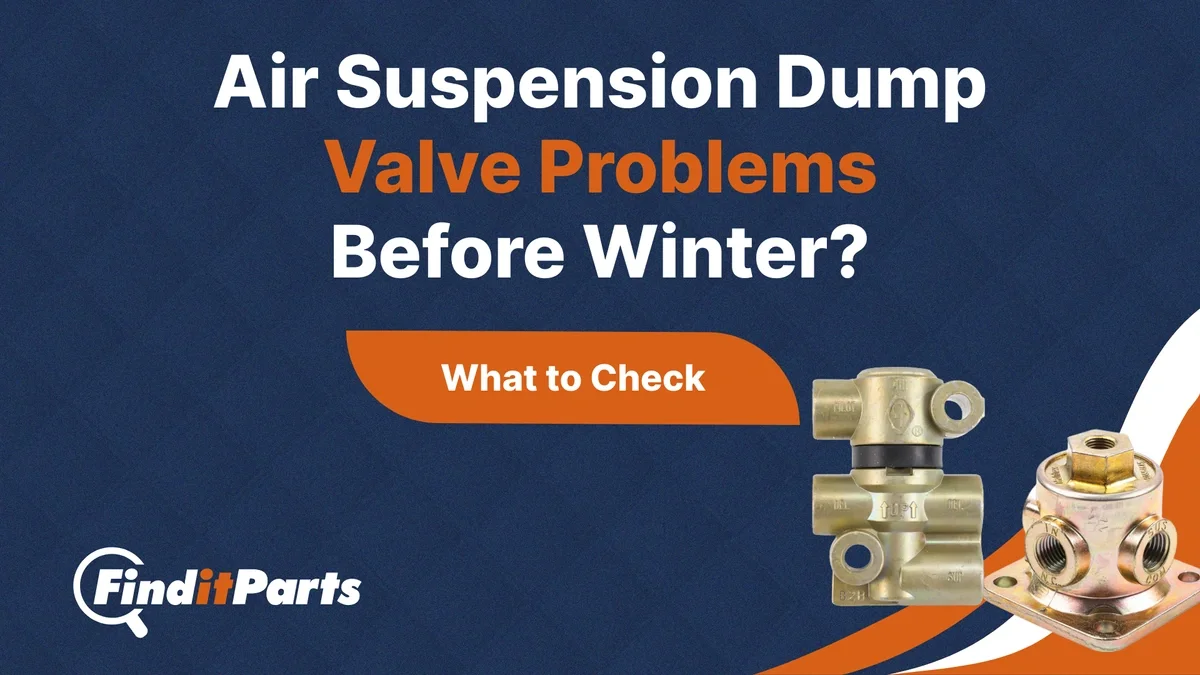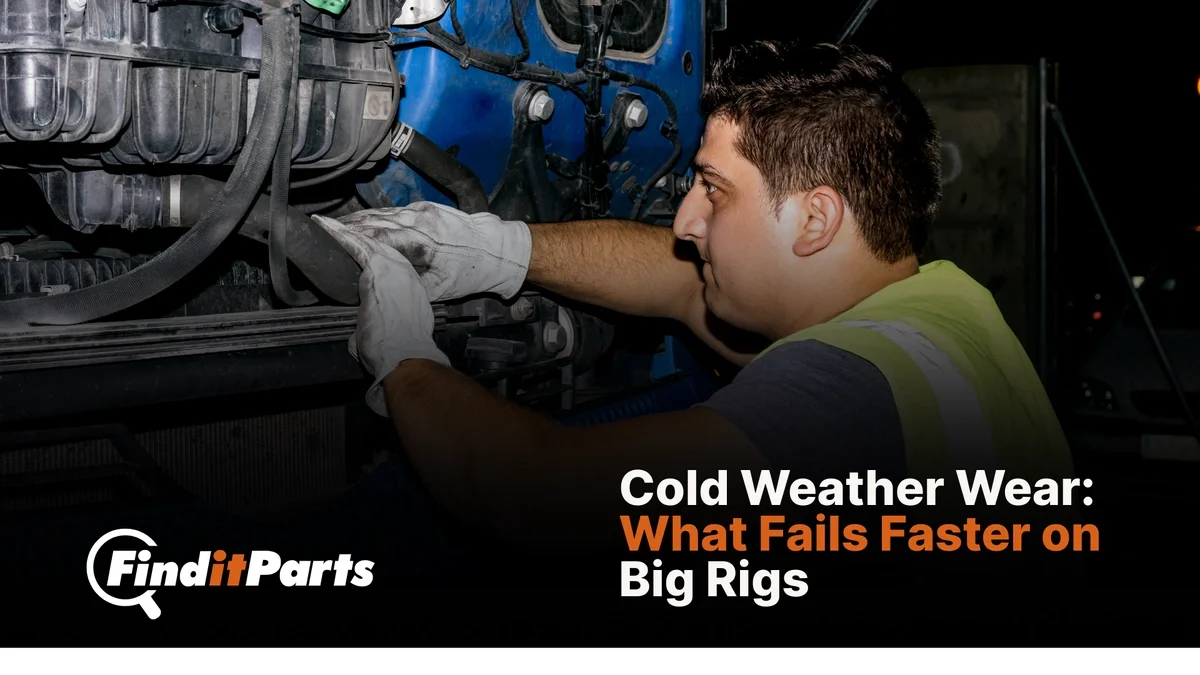Need help? We're here!
(888) 312-8812 Login SignupHow Online Freightliner Engine Parts Are Verified
October 20, 2025

Introduction
When a Freightliner goes down, the clock starts ticking. Repairs can’t wait, especially for long-haulers and fleet trucks running close to delivery windows. While it might seem faster to order Freightliner engine parts online, getting the wrong component shipped doesn’t save anyone time. One mistake can lead to more downtime and frustration.
That’s why it matters whether a part you order has been verified to fit your exact unit. Freightliner engines vary by series, year, application, and emissions tier, and guessing doesn’t cut it. Online ordering works best when part listings are precise. Here’s how professional platforms verify those Freightliner engine parts before they hit your shop bench.
What Online Part Verification Actually Means
When we talk about part verification, it’s about matching down to the spec, so you don’t end up with a turbo that won’t clear the hood or a sensor that won’t plug into your harness. True verification involves confirming fitment based on:
- Exact model, engine family, and build year
- OEM spec matching and tolerance checks
- Visual inspection and brand confirmation for aftermarket parts
Tools like engine serial number lookup and VIN decoding help get specific. They let us match Freightliner engine parts to the truck's build sheet, not just guesses based on the make or general model. It’s a great way to cut down on ordering mistakes, especially with older units or trucks that have had engine swaps.
Every professional has a story about a "looks-right-but-won’t-work" installation. Guessing keeps trucks parked, but verification moves them.
How Product Data Lines Up With Real-World Fitment
What you see on a lineup page doesn’t always reflect what fits in real life. That’s why real-world specs need to align with the data online. A reliable part listing doesn’t just toss in the brand and a few keywords. It should include what real techs check for:
- Engine family and applicable models by year
- Clear dimensions—length, bolt spacing, connection threads
- Cross-reference numbers and OE part equivalencies
Take emissions tiers, for example. Two engines with the same displacement could use completely different EGR setups. Pulling the wrong cooler or actuator means wasted time installing a swap that throws codes immediately.
Misleading terms are another red flag. “Universal fit” or “one size fits all” should push you to dig deeper. Without part numbers or detailed fitment notes, listings like that are just guesses. And guesses lead to returns.
That’s why components like the radiator surge tank for FLH trucks are listed by shape, capacity, and mounting style. Details matter when you need the right part the first time.
When Online Listings Get It Wrong
Even solid online catalogs sometimes get things wrong. Maybe the flange map is missing, the photos are reused from a similar part, or the specs were based on an earlier revision that isn’t in production anymore.
Common slip-ups include:
- Fuel rails or injection pumps with slightly off connector threads
- Turbochargers that look correct but have different flange patterns
- Sensors or actuators with incorrect harness adapters
- Brackets or mounts with slight shape differences that block the install
This happens more often on fitments involving emissions. If you're ordering something like a DEF tank header for a selective catalytic reduction system, the wrong bolt pattern or connector can stall progress.
If the part listing leaves you with questions, stop there. A few key details make a big difference. Watch for any listing that:
- Only shows one photo or no side views
- Repeats the same generic description across brands
- Lacks product documentation or install info
That’s when a part can end up sitting on the shelf instead of in the truck. Taking five more minutes to review specifics can save hours down the line.
Smart Steps to Confirm Fitment Before You Order
Before clicking “Buy,” running a few quick checks can help avoid return paperwork and install headaches. Freightliner engine parts might live under the same brand, but their differences run deep, especially across model years and sub-models.
Here’s the pre-check list we recommend every time:
1. Confirm the year, model, and submodel (like M2 106 or Cascadia)
2. Get the VIN, engine serial number, or ECM printout if possible
3. Match to the OE part number when replacing an original
4. Use detailed filters and parts diagrams when browsing
5. Check spec sheets or downloadable PDFs if available
Cross-reference tools let you enter the old part number to see modern replacements—especially handy for emissions or turbo components. These tools remove guesswork by tying each part to the actual equipment data.
Don’t overlook support parts either. If you’re swapping a major component and ignoring supporting systems like air or control, you're setting up for more downtime. Parts like the engine air filter can be overlooked, but ordering the wrong size adds install issues you didn’t need.
And if the listing is still unclear? Don’t guess. This is where it pays to have a second set of eyes. Reach out to support, but have your truck info ready, including the VIN or engine serial, the part you’re replacing, and any photos. One conversation up front beats troubleshooting a return later.
The Cost of Guesswork—and the Benefit of Doing It Right
It only takes one “almost right” part to turn an easy repair into something that backs up the whole shop. Freightliner engine parts are precise and specific for a reason. Installing the wrong EGR valve, fuel rail, or actuator doesn’t just waste time—it can lead to long-term performance issues and callbacks.
Verified components cut that risk. Not just because they fit better, but because they’ve already been matched to the engine data. You won’t have a turbo show up with a flange facing the wrong direction. That’s time saved in the bay and one less trip to the parts rack.
If you're replacing electronic control components, even small parts like a CONTROL-SHIFTER with engine brake, need to be the right match. Modules with off-spec pinouts or wrong brackets can throw fault codes and delay programming.
Doing it right the first time means faster installs, fewer returns, and a truck rolling out of the shop with confidence. That’s a win no matter how you look at it.
Need parts that match the spec the first time? Our listings take the guesswork out of ordering, so you get what fits and keep your truck moving. Browse our selection of Freightliner engine parts to find the right components fast. At FinditParts Inc., we make it easier to get trusted parts without losing shop time.



